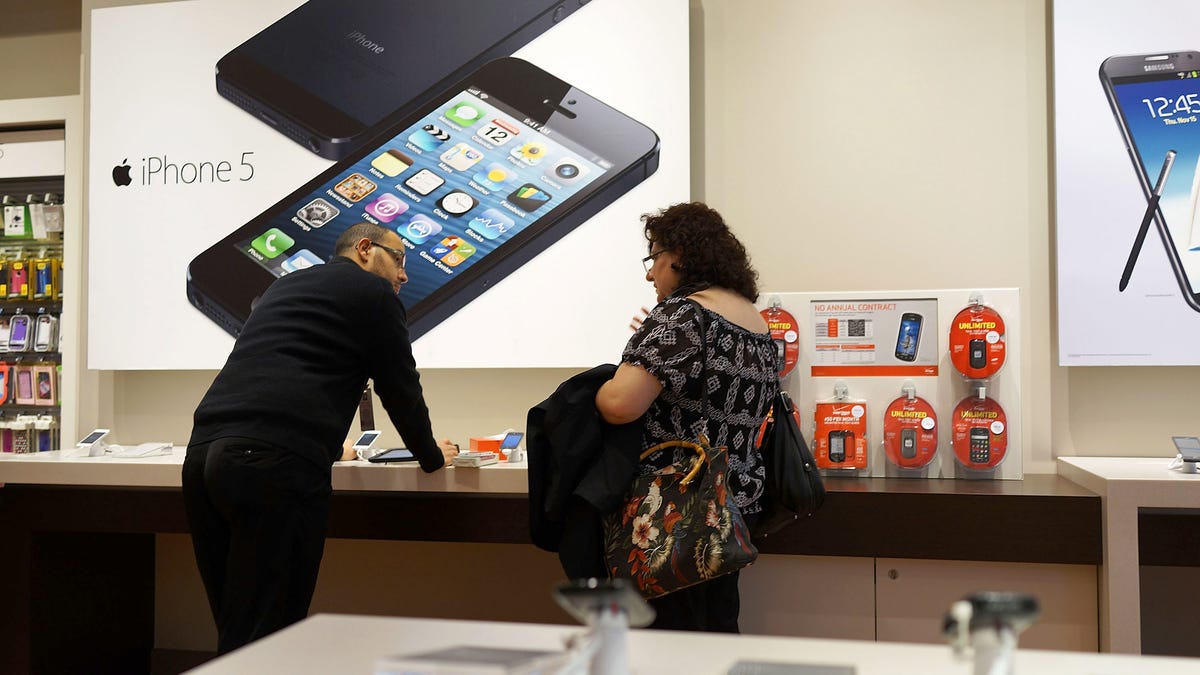Apple rings up 31.2 million iPhones in Q3
While many smartphone makers are reporting softer sales amid escalating competition, Apple says it's not seeing signs of saturation at high end of market.

Apple sold 31.2 million iPhones in its third quarter, a solid achievement compared to the 26 million units it sold in the year-ago quarter.
That number was down from the second quarter of the year, when Apple shipped 37.4 million of its smartphones, which account for more than half its revenues. Still, it was a good quarter for Apple given doubts about the tenor of demand for high-end smartphones at a time of escalating competition.
Apple, which reported its fiscal third-quarter earnings Tuesday afternoon, beat expectations with earnings of $6.9 billion, or $7.47 per share on $35.6 billion in sales. Wall Street was expecting Apple to earn $7.32 per share on sales of $35 billion.
The smartphone numbers are even more impressive given that Apple faces stiffer competition from rivals, like Samsung, HTC, Nokia and others, who have introduced new devices. But even without major refreshes to its product line recently, Apple was able to beat expectations.
Heading into earnings season, there was a drumbeat of stories suggesting that the market was in the throes of smartphone saturation at the high end, which is where the iPhone predominates. But on the surface, at least, that concern applied more to the competition than it did to Apple.
Speaking on a conference call with analysts Tuesday afternoon, CFO Peter Oppenheimer said the 20 percent bump in iPhone sales from a year earlier beat the company's own internal expectations. He also said Apple had finished the quarter with about four to six weeks of channel inventory.
He also noted that while the iPhone 5 remains the most popular model in its smartphone lineup, Apple was "happy" with sales of the older iPhone 4 and 4S. That mix -- as well as currency exchange rates -- contributed to a 4 percent erosion in average selling prices from a year ago.
Later during the same call, CEO Tim Cook dismissed the idea that the high end has reached a saturation point.
"I don't subscribe to the common view that the high end ... has hit its peak," Cook said.
As an aside, Cook offered new statistics to underscore the iPhone's popularity in several emerging markets. For instance, he noted that the smartphone's sales in India were up over 200 percent, sales for the Philippines were up 140 percent, while sales in Turkey and Poland were each up more 60 percent. One potential areas of concern was mainland China's growth rate, where iPhone sales fell 4 percent from the year earlier. But Cook hastened to offer a positive spin to that one down note.
"I don't get discouraged over a 90 day cycle that can have economic factors and other things in it," Cook said.

